Britain is full of towns that have garnered less-than-stellar reputations over the years. However, many of these places have far more to offer than their stereotypes suggest. Let’s explore 15 British towns that deserve a second look.
1. Slough isn’t just an industrial wasteland.

Slough’s got a bit of a bad rap, but there’s more to it than warehouses and office blocks. With a vibrant mix of cultures and great connections to London, it’s fast becoming a spot worth considering. Plus, there’s been a load of investment to spruce up the town centre. And let’s not forget, Windsor Castle is practically next door, so you’ve got some serious history on your doorstep.
2. Luton offers more than just an airport.
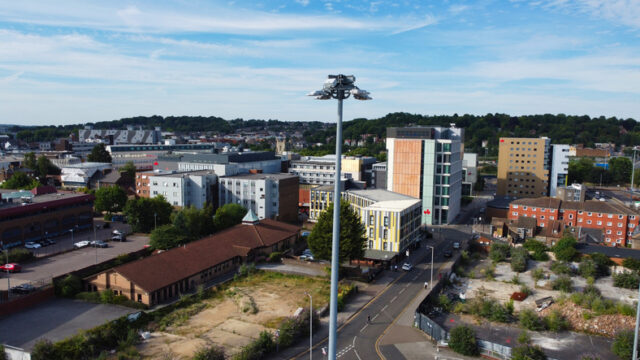
People love to diss Luton, usually only thinking of it as a place to catch a flight, but there are loads more going on. The town’s got some fascinating history, with lush parks like Wardown Park, and a buzzing arts scene thanks to places like The Hat Factory. And every year, it throws one of Europe’s biggest one-day carnivals – so it’s not as sleepy as people think.
3. Swindon’s charm goes beyond its famous roundabout.

The infamous ‘Magic Roundabout’ might be Swindon’s claim to fame, but the town’s got plenty more going for it. There’s a rich railway heritage to explore, plus you’ve got green spaces like Lydiard Park to unwind in. And if you’re into tech or geek culture, the Museum of Computing is an absolute must-see.
4. Hull is a city of culture, not just chips and docks.
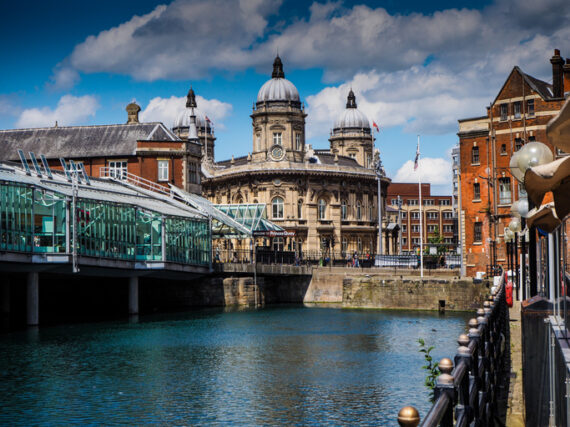
Hull often gets labelled as grim, but that’s far from the whole picture. It’s a city that’s really transformed, especially after being named UK City of Culture in 2017. With quirky museums, cool street art, and The Deep – an aquarium that’s like something out of a sci-fi movie – Hull’s got way more going on than people give it credit for.
5. Middlesbrough’s industrial heritage is part of its charm.

People often write off Middlesbrough because of its industrial past, but that just adds to its charm. The town’s home to the Middlesbrough Institute of Modern Art, and the local food scene is up and coming. Plus, if you’re into nature, you’re a stone’s throw from the stunning North York Moors.
6. Blackpool isn’t just about tacky seaside fun.
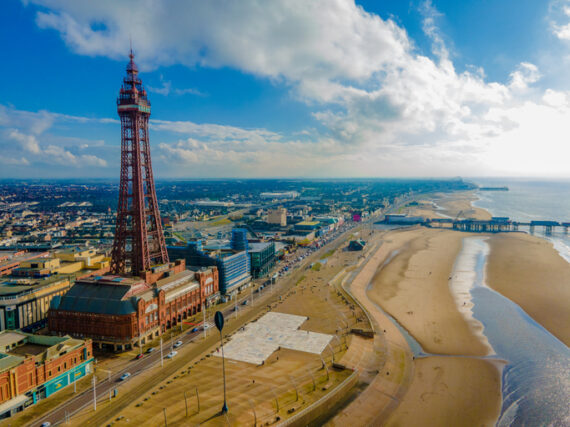
Sure, Blackpool’s famous for its bright lights and old-school fun, but there’s more to the town if you dig a little deeper. The Victorian architecture is beautiful, and the seafront’s had a major facelift. And don’t miss the Blackpool Illuminations – it’s a tradition for a reason!
7. Coventry’s post-war architecture tells a story of survival.
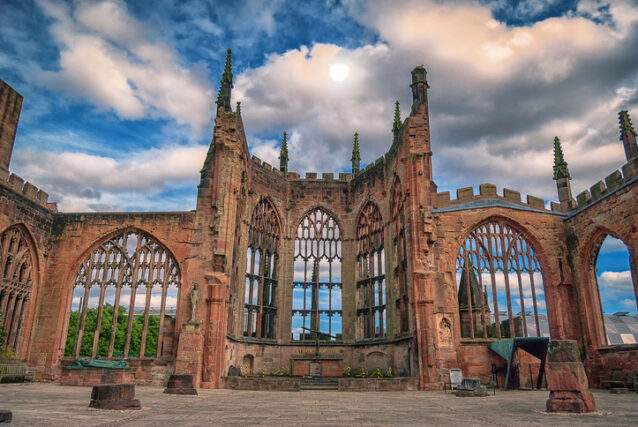
People often call Coventry ugly because of its post-war concrete buildings, but it’s a city that tells a story of resilience. The bombings in WWII levelled most of the city, but out of the ashes came stunning landmarks like the modernist Coventry Cathedral. The city’s got a unique charm that’s worth a closer look.
8. Grimsby offers more than just fish.

Grimsby might be known for its fish and chips, but there’s so much more to this town. With nearby beaches like Cleethorpes and a push toward renewable energy, it’s becoming a place to watch. Its maritime past adds character, but the future looks even brighter.
9. Stoke-on-Trent’s pottery heritage is just the beginning.
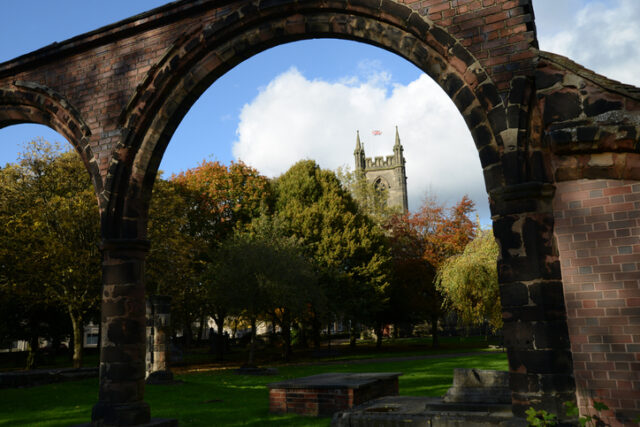
Stoke-on-Trent is often overlooked, but it’s the pottery capital of the UK – and that’s no small thing. You’ll find heritage brands like Wedgwood, plus a heap of green spaces to explore. The Potteries Museum & Art Gallery is a great spot if you want to see some real craftsmanship.
10. Croydon is more than just a concrete jungle.
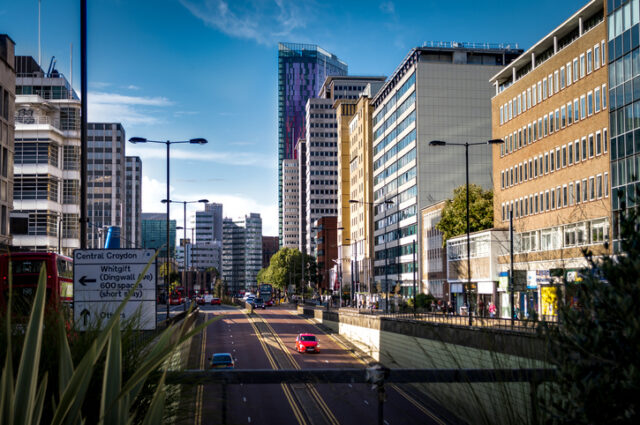
People love to moan about Croydon’s brutalist architecture, but the town’s seriously on the up. With major regeneration projects underway, it’s fast becoming one of London’s coolest boroughs. Tech startups are flocking to the area, and Fairfield Halls is back, bringing with it a whole load of cultural events.
11. Milton Keynes has more going for it than concrete cows.
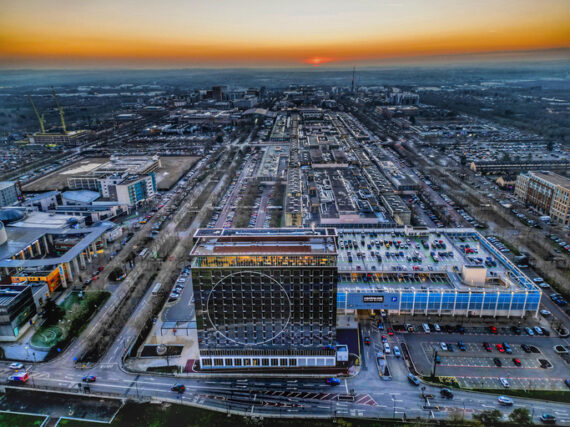
MK’s been the butt of jokes for years, thanks to its roundabouts and those infamous concrete cows, but it’s actually one of the greenest cities around. With loads of parkland, a thriving arts scene, and nearby Bletchley Park, there’s more than enough to make Milton Keynes worth a visit.
12. Doncaster’s horse racing tradition is just one of its charms.
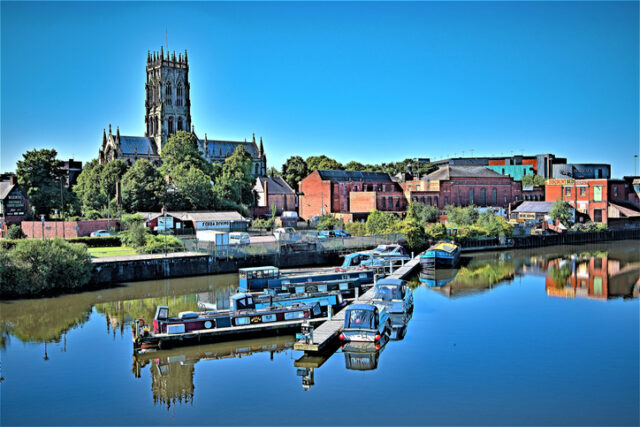
Doncaster’s got a rich history, from Roman roots to its railway heritage, and its markets are some of the best in the north. Sure, it’s known for horse racing, but the town’s also home to Doncaster Minster and loads of countryside perfect for a weekend escape.
13. Southend-on-Sea is reinventing itself beyond its seaside resort image.
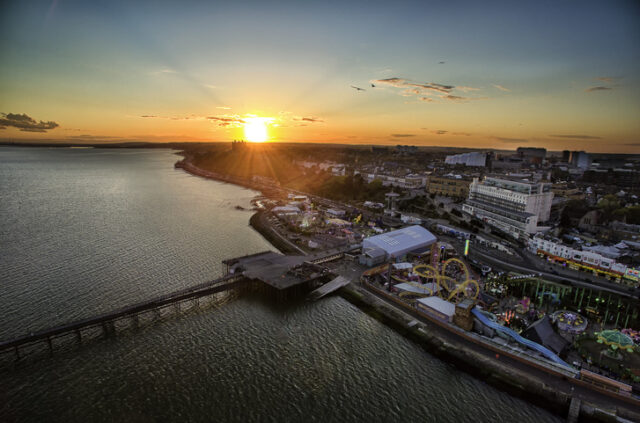
People might think of Southend as a faded seaside resort, but it’s shaking off that image. The cultural scene’s growing, and it’s got the world’s longest pleasure pier, which is well worth the visit. Plus, being so close to London makes it ideal for anyone craving a bit of coastal life with easy city access.
14. Telford’s not just a new town — it’s steeped in history.
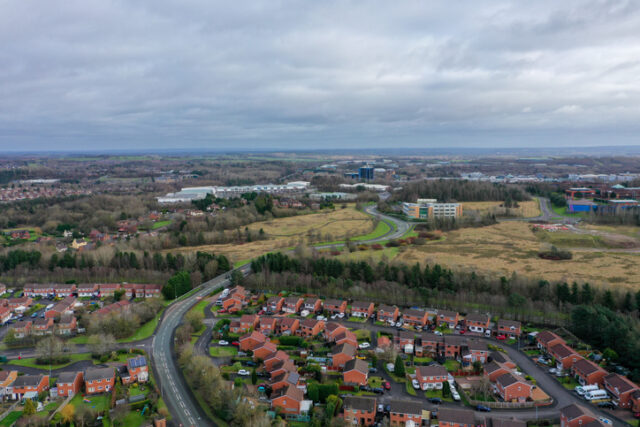
Telford’s modern image as a ‘new town’ doesn’t do it justice. It’s right next to Ironbridge Gorge, a UNESCO World Heritage site that’s steeped in industrial history. Plus, the town has great shopping, leisure facilities, and quick access to the stunning Shropshire countryside.
15. Sunderland’s industrial past is giving way to a bright future.
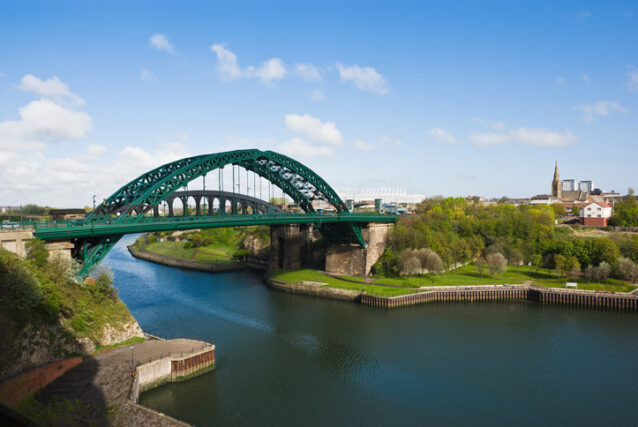
Sunderland often gets overshadowed by Newcastle, but the city’s got plenty to brag about on its own. Its coastline is gorgeous, and there’s loads of investment going into education and the arts. The Sunderland Airshow is a massive event, and the city’s maritime roots add to its unique vibe.




